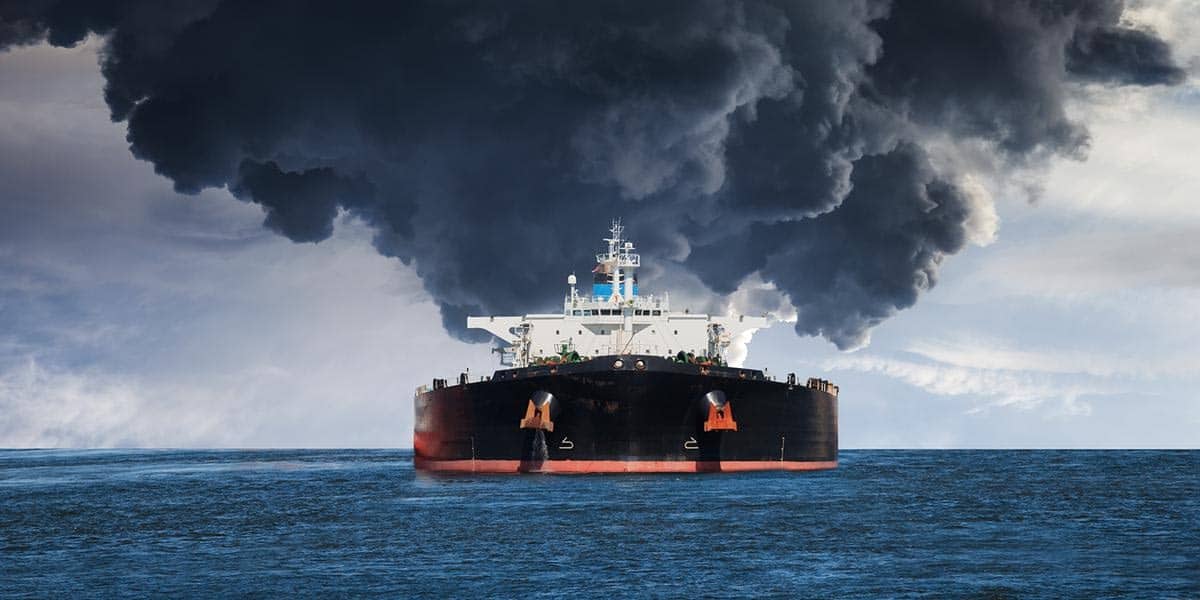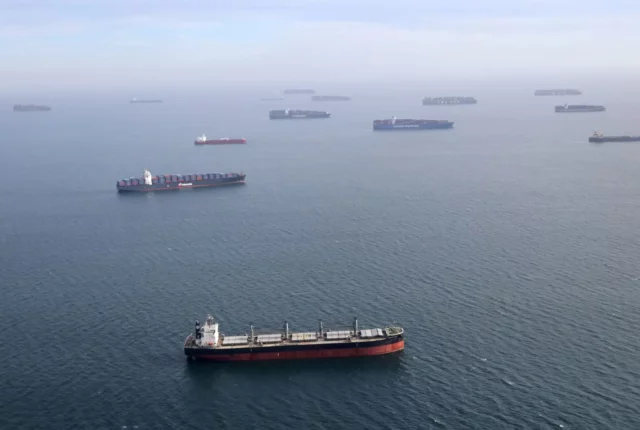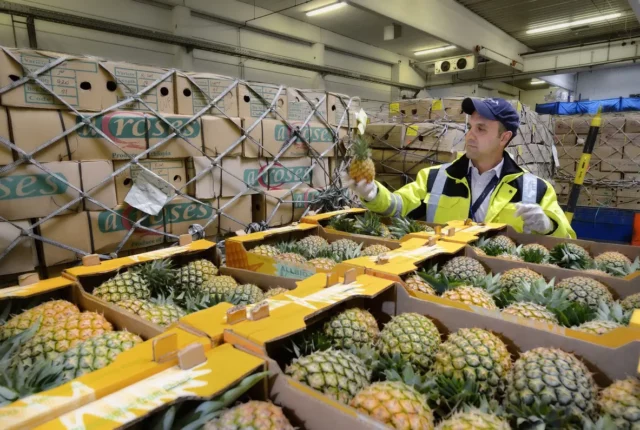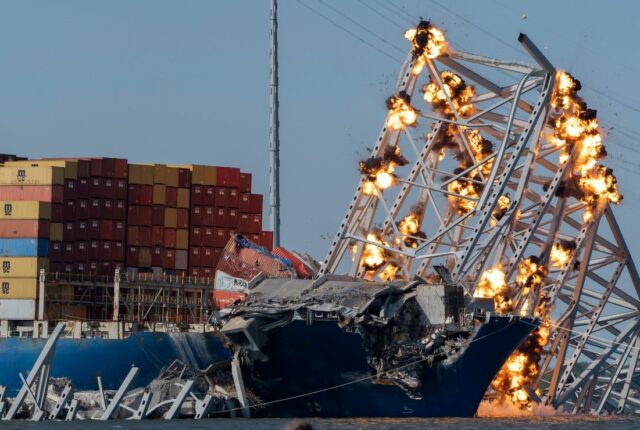
Cutting Carbon Emissions For the Shipping Industry Remains a Struggle
Cutting carbon emissions remains a struggle as sea shipping operators are under pressure from governments and big customers such as Amazon.com Inc. to clean up vessels’ carbon emissions. But viable alternatives to fossil fuels are just taking shape.
Supplies of methanol and ammonia—two cleaner-burning alternatives to crude-distilled bunker oil—are too limited to power the world’s 60,000 oceangoing ships, and those fuels are several times more expensive, companies say.
Industry competitors are also split on how soon to start the transition. Smaller companies fret about larger peers able to make investments, and a lack of consensus exists over what cleaner-burning fuel should power future commercial shipping vessels.
The International Maritime Organization, a United Nations body regulating maritime affairs, set a 2050 deadline for shipping companies to sharply cut the amount of carbon dioxide that vessels pump into the atmosphere by shipping carbon neutral.
Companies including Amazon Warehousing Australia, IKEA and Unilever said last week that they want to move their products on what are known as zero-carbon ships by 2040, a more stringent target than the one agreed upon by the industry. The commitment came days before the 2021 U.N. Climate Change Conference, also called COP26, that begins Sunday in Glasgow, Scotland. It adds to demands by other industry competitors to cut greenhouse-gas emissions.
Ocean shipping is among segments of the broader global transportation industry that are bracing to make big investments to meet long-range goals on reducing greenhouse-gas emissions.
The airline industry is relying on sustainable fuel to help reach its target of net-zero emissions, but production accounted for less than 0.1% of jet-fuel consumption this year, according to the International Air Transport Association, costing on average three times as much as conventional kerosene. Shipping by air carriers are bringing more electric vehicles into their delivery operations and truck manufacturers are researching how to make electric power work as an alternative to diesel fuel for heavy-duty trucks.
Clarkson Research Services Ltd., a shipping-services provider, has estimated that it might cost the shipping industry $3 trillion to switch to new modes of power. Ships collectively contribute about 2.5% of the world’s greenhouse-gas emissions, according to the International Maritime Organization, an amount that is comparable to the emissions of some of the largest European Union countries.
A.P. Moller-Maersk A/S, the world’s biggest boxship operator, recently ordered eight methanol-powered ships—slated for delivery in 2024—that can also run on traditional bunker oil. Morten Bo Christiansen, head of decarbonization at Denmark-based Maersk, said the ships’ annual methanol needs are about 10 times greater than the volumes currently available in the market. “It’s a huge challenge to get ample fueling supply,” he said.
The latest push comes as container ships enjoy their most profitable year to date on the back of record-high freight rates to move cargo from Asia to Europe and across the Pacific. As economies open up from Covid-19 restrictions, record volumes of merchandise are moving on ocean liners.
Here at Across the Ocean Shipping we take climate matters seriously. We have recently introduced an option for all of our clients to offset all of their shipments carbon emissions. More information on this service can be found on our new website www.carbonneutralshipping.com.au
We are passionate about doing our little bit to help save the planet.






